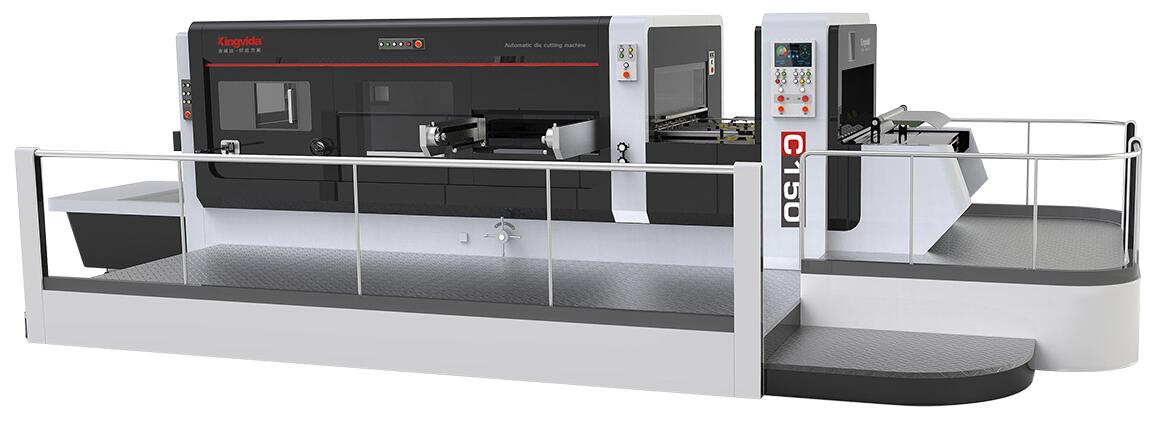When it comes to producing a wide range of packaging products, automobile parts, device components, and other similar products, related industries often turn to the die cutting process due to its versatility and flexibility. Die cutting can effectively create different shapes, designs, and patterns in generating numerous products. They can likewise work on a wide array of materials as well as cut in bulk, lowering the overall production costs as well as minimising the time needed to deliver parts and products.
Generally, die cutting involves three primary components. These components are the cutting unit, the cutting tool, and the workpiece or the material that will be processed and cut. The cutting tools are often designed according to the die cutting methods that they are intended to perform, while the die inside the cutting unit is utilised for shaping the materials.
There are various types of die cutting that can be done to successfully produce the intended products. After all, different products require varying specifications and design. Some notable types of die cutting that can be utilised by industries are the following:

Broaching
Broaching is a die cutting process that utilises a tool with numerous rows of cutting teeth to effectively cut workpieces. The materials that are being processed by broaching are often difficult to process given that they are either too hard or too thick to be cut.
Blanking
Blanking is a type of die cutting that involves the cutting of flat workpieces. These workpieces often clipped from their exterior edge and subsequently fed into the cutting unit and die. Through this process, the workpieces often obtain a high degree of flatness.
Coining
Coining is another type of die cutting that involves the creation of circular holes in workpieces by applying pressured force and stress towards them. Through coining, the workpieces can achieve intricate product features that other die cutting processes cannot generate.
Drawing
One other process of die cutting that can be used by industries is drawing. Drawing is a process wherein tensile forces are applied to workpieces, pulling and stretching them to a certain length to produce lean and long products. Some materials that can be processed by drawing are metal, glass, and plastic.
Forming
The forming process entails the creation of workpieces through mechanical deformation to effectively reshape them without adding or removing materials. This die cutting process works well with the drawing process in creating and constructing round cylindrical parts and products.
Die cutting processes and methods have been very useful in producing different parts and products out of plastic, rubber, metal, wood, paper, and other kinds of materials. These parts and products can boast different shapes, dimensions, form factors, and other elements that make them unique.
If you want to know more about die cutting operations, feel free to contact us at Kingvida. We specialise in the manufacture of flatbed steel rule cutting formes, flatbed label dies, die cutting supplies for printing, and scrapbook industries. We also do design and sample making of cartons, folders, cardboard stencils, and others, including routing of any material for name profiles and assorted signs.
评论
发表评论